Name: ______________________________________________________
1. Cyber bullying is the use of technology to
a. humiliate or embarrass someone.
b. cause someone to feel alone and friendless.
c. frighten or belittle someone.
d. All of the above.
2. The four traits of bullying behavior are
a. anger, revenge, jealousy, fear
b. aggression, intention, ongoing cycle, unequal power
c. lonely, depressed, nervous, afraid
d. None of the above.
3. A cyber bully is usually someone who
a. is popular at school.
b. enjoys making people upset.
c. is easily hurt and shy.
d. All of the above.
4. A victim of cyber bullying
a. can do nothing to stop the cycle.
b. feels unable to defend him or herself against the cyber bully or group.
c. is more likely to become a cyber-bully.
d. b and c
5. List the three roles in a cyber-bullying situation:
•
•
•

Students come to understand that cyber bullying is a cyclical pattern of behavior initiated and perpetuated through electronic means. They closely examine a scholarly definition in order to identify the roles in a cyber bullying situation, distinguish cyber bullying from social conflict, and determine the power of the upstander in breaking the cycle.

Students closely follow the story and interactive lesson about text message etiquette featuring Dot & i. Students tje practice digital etiquette through follow-up activities and discussion. This lesson includes a lesson plan, printable activity pages, and interactive multimedia resources.

Students come to understand that cyber bullying is a cyclical pattern of behavior initiated and perpetuated through electronic means. They closely examine a scholarly definition in order to identify the roles in a cyber bullying situation, distinguish cyber bullying from social conflict, and determine the power of the upstander in breaking the cycle.

Students come to understand that cyber bullying is a cyclical pattern of behavior initiated and perpetuated through electronic means. They closely examine a scholarly definition in order to identify the roles in a cyber bullying situation, distinguish cyber bullying from social conflict, and determine the power of the upstander in breaking the cycle.

Students come to understand that cyber bullying is a cyclical pattern of behavior initiated and perpetuated through electronic means. They closely examine a scholarly definition in order to identify the roles in a cyber bullying situation, distinguish cyber bullying from social conflict, and determine the power of the upstander in breaking the cycle.

Students come to understand that cyber bullying is a cyclical pattern of behavior initiated and perpetuated through electronic means. They closely examine a scholarly definition in order to identify the roles in a cyber bullying situation, distinguish cyber bullying from social conflict, and determine the power of the upstander in breaking the cycle.

Students come to understand that cyber bullying is a cyclical pattern of behavior initiated and perpetuated through electronic means. They closely examine a scholarly definition in order to identify the roles in a cyber bullying situation, distinguish cyber bullying from social conflict, and determine the power of the upstander in breaking the cycle.
